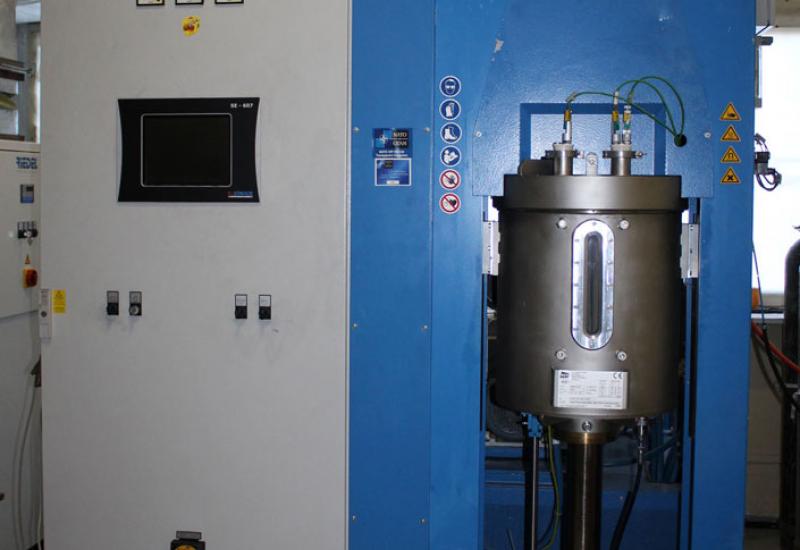In recent years, a real revolution has been taking place in materials science, related to the creation and increasing use of nanomaterials - nanostructured metal, ceramic and composite materials, which are made of powders, the particle size of which has the order of nanometers (10-9 m). Due to the fact that the properties of such particles differ significantly from the properties of macrocrystals, the parameters of nanomaterials (strength, hardness, ductility, heat resistance, etc.) can significantly exceed the properties of materials obtained by traditional technologies. Apart from that, nanomaterials can have unique combinations of properties (for instance, to have both high porosity and strength).
That is why it is natural to pay more attention to the development of nanotechnologies and the development of new nanomaterials in industrially developed countries. There the use of nanomaterials is expected to cause significant progress in mechanical engineering, aerospace, microelectronics, the automobile industry and others.
The research in the field of nanomaterials has been carried out for several years at the Faculty of Physical Engineering (IFF), in particular in the laboratory of dispersed ceramic materials, where technologies for the production of oxide powders and obtaining various composite materials based on them are developed.
This year, the opportunities for research and design in the field of nanotechnology at the faculty have increased significantly. A collaborative educational and scientific laboratory of nanostructured materials at Igor Sikorsky Kyiv Polytechnic Institute and I. M. Frantsevich Institute for Problems of Material Science of the National Academy of Sciences of Ukraine (IPMS) is established here. The laboratory is equipped with a unit of spark-plasma (electrodischarge) sintering of KSE®-FCT HP D 25-SD type.
Spark Plasma Sintering (SPS) technology appeared 10 years ago. It is based on the phenomenon of electric spark discharge between solid particles when passing an electric current with a high level of it. The spark plasma that occurs between the particles has high local temperatures (up to 10,000°C), which provides evaporation of impurities and oxide films from the surface of the particles and a significant increase in the rate of their consolidation. Apart from that, the high temperature causes plastic deformation of the surface of the particles. Due to this the material can be compacted to any degree of density, even to a non-porous state. This technology allows to process electrically conductive, dielectric and composite materials.
The unit of KSE®-FCT HP D 25-SD type is equipped with a 25-ton press and a vacuum chamber with possibility to use inert gas. Sintering takes place in a press mould, so early formation of the product and the usage of plasticizer bond is not required, while the part has a shape close to the specified. As the process is fast (no longer than 5 minutes), the sintering of the powders is done without significant increase of grain.
The creation of the laboratory was the result of collaboration of IFF and IPMS professionals, who implemented the international NATO ISEG. NUKR.SFP 985120 (NATO SPS Grant) “Infrared Transparent Ceramic Windows for High-Speed Vehicles” project together. In terms of this project this project the customers provided our university with the spark-plasma sintering unit mentioned earlier, worth about 300 thousand euros. The research advisor of the laboratory is Andriy Ragulya – the Doctor of Technical Sciences, the Deputy Director and the Head of the Department of Nanostructured Ceramics and Nanocomposites IPMS, the part-time Professor at IFF.
Not only scientists but also IFF students who will be able to study one of the newest and extremely promising technologies of modern materials science in the newly established laboratory. The combined efforts of IFF and IPM will contribute to the accelerated development of urgent scientific researches and the training of highly qualified engineers and scientists.

